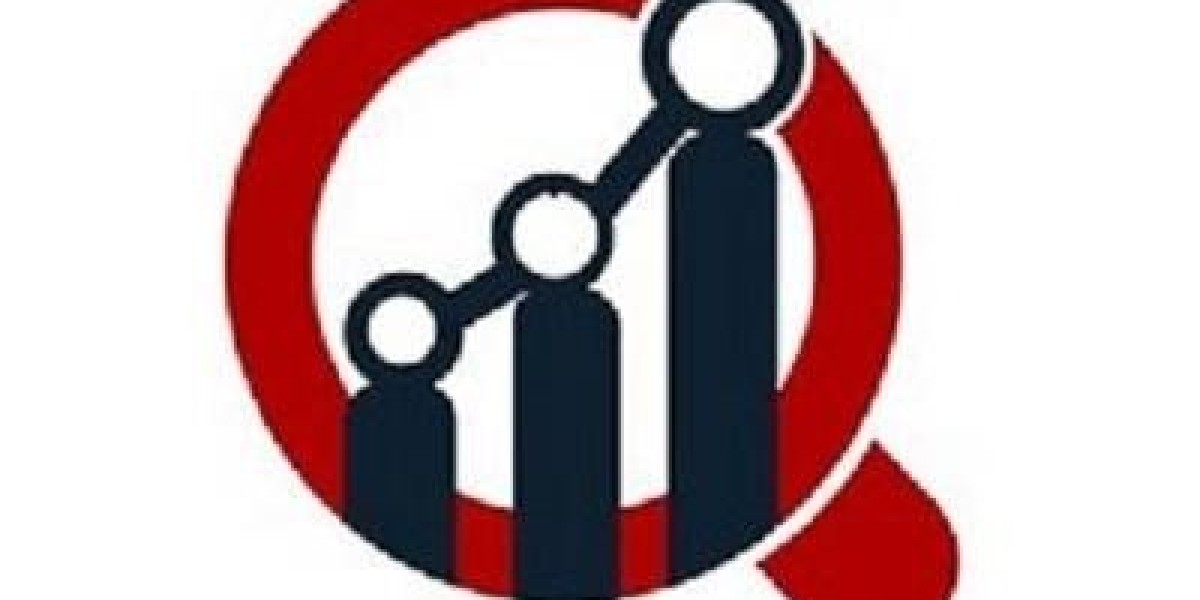Well production optimization technology Well production optimization technology integrates digital monitoring and data analytics to improve lift performance and reduce downtime in oilfield operations.
Well Production Optimization Technology represents the digital and analytical layer that maximizes the efficiency and longevity of artificial lift systems. This technology moves beyond the simple mechanical operation of the pump or compressor and focuses on system performance management. The core components include advanced downhole sensors, surface controllers with processing power, and cloud-based software that utilizes sophisticated algorithms.
The central goal of this technology is to achieve continuous, real-time matching between the lift system's output and the reservoir's dynamic input capability. As the well's reservoir pressure and fluid composition change over time, the optimal speed, injection rate, or stroke of the lift system also changes. Optimization technology, often leveraging machine learning, autonomously or semi-autonomously adjusts the equipment settings to prevent operating conditions like "pump-off" (where the pump runs dry) or "liquid loading" (where fluid blocks gas flow), both of which reduce efficiency and damage equipment. This technology facilitates a shift from scheduled, time-based maintenance to condition-based maintenance, scheduling interventions only when real-time data indicates a specific performance degradation or impending failure. Consequently, optimization technology is transforming artificial lift from a fixed mechanical solution into a flexible, data-driven production system.
Well Production Optimization Technology FAQs
What is the core objective of using optimization technology on an artificial lift system?
The core objective is to continuously match the lift system's operation to the dynamic and changing fluid inflow capabilities of the reservoir for maximum efficiency.
How has this technology changed the timing and nature of equipment maintenance?
It has shifted maintenance from a time-based schedule to a condition-based approach, relying on real-time data to indicate when specific intervention is necessary.
What common well problems does optimization technology help a system avoid?
It helps systems avoid detrimental conditions such as running dry (pump-off) or accumulating too much fluid in the wellbore (liquid loading), which reduces production and damages equipment.
More Related Reports:








